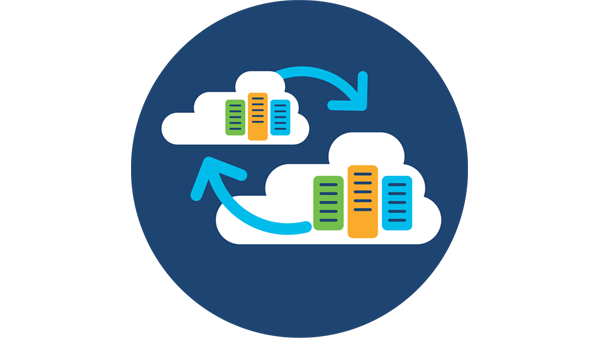welcome!
What is Cloud Computing?
Cloud computing is on-demand access, via the internet, to computing resources—applications, servers (physical servers and virtual servers), data storage, development tools, networking capabilities, and more—hosted at a remote data center managed by a cloud services provider (or CSP). The CSP makes these resources available for a monthly subscription fee or bills them according to usage.
What is Data Center?
At its simplest, a data center is a physical facility that organizations use to house their critical applications and data. A data center's design is based on a network of computing and storage resources that enable the delivery of shared applications and data. The key components of a data center design include routers, switches, firewalls, storage systems, servers, and application-delivery controllers.
What are the core components of a data center?
Network infrastructure: This connects servers (physical and virtualized), data center services, storage, and external connectivity to end-user locations.
Storage infrastructure: Data is the fuel of the modern data center. Storage systems are used to hold this valuable commodity.
Computing resources: Applications are the engines of a data center. These servers provide the processing, memory, local storage, and network connectivity that drive applications.
Types of data centers
Enterprise data centers:
These are built, owned, and operated by companies and are optimized for their end users. Most often they are housed on the corporate campus.
Managed services data centers:
These data centers are managed by a third party (or a managed services provider) on behalf of a company. The company leases the equipment and infrastructure instead of buying it.
Colocation data centers:
In colocation ("colo") data centers, a company rents space within a data center owned by others and located off company premises. The colocation data center hosts the infrastructure: building, cooling, bandwidth, security, etc., while the company provides and manages the components, including servers, storage, and firewalls.
Top 10 Cloud Service Providers:
- Amazon Web Services (AWS)
- Microsoft Azure
- Google Cloud
- Alibaba Cloud
- IBM Cloud
- Oracle
- Salesforce
- SAP
- Rackspace Cloud
- VMWare
Cloud Computing is the growing technology in IT Industry . Cloud Computing booms for next few years. so learn well.
plz comment below...

















